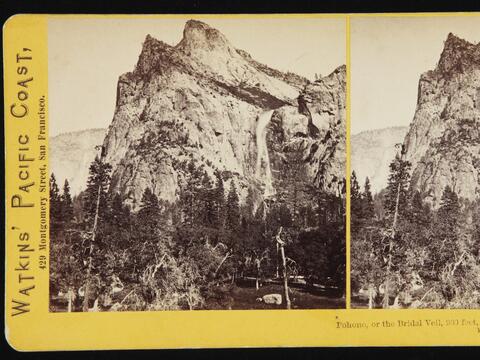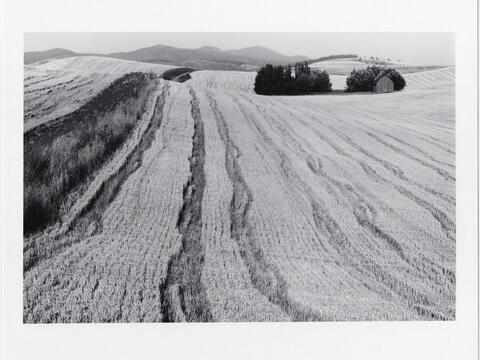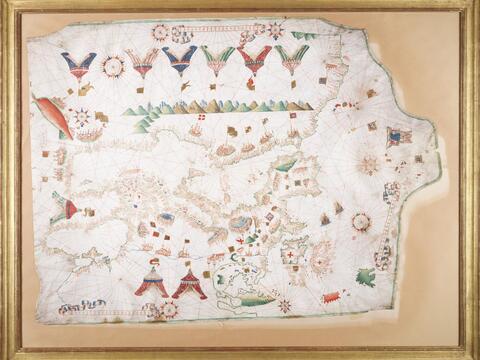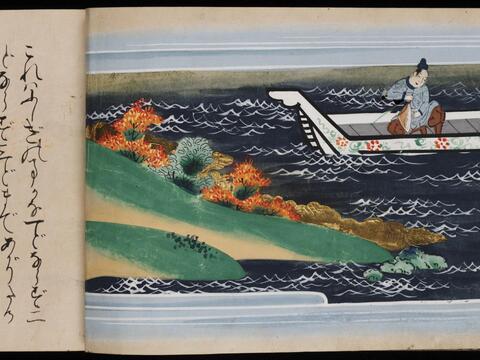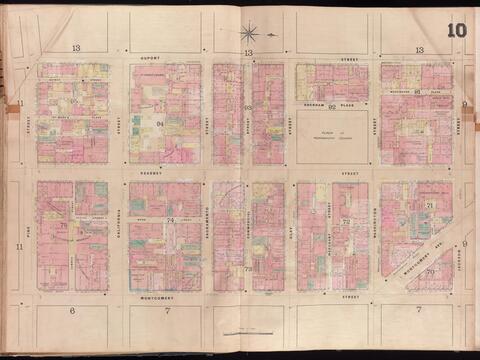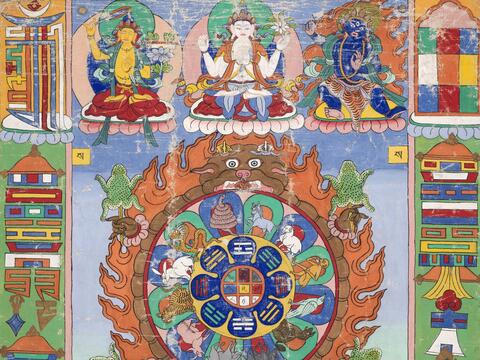The Beinecke Rare Book & Manuscript Library is one of the world’s largest libraries devoted entirely to rare books and manuscripts and is Yale’s principal repository for literary archives, early manuscripts, and rare books. The Beinecke Library’s robust collections are used to create new scholarship by researchers from around the world.
For an introduction to the Beinecke’s works, explore the library’s Collection Highlights.
Sample environmental humanities collections include:
Carleton Watkins (1829–1916) was an American photographer of the 19th century. Born in New York, he moved to California and quickly became interested in photography. He focused mainly on landscape photography, and Yosemite Valley was a favorite subject of his. His photographs of the valley significantly influenced the United States Congress’ decision to preserve it as a National Park.
John James Audubon (1785–1851) was an American ornithologist, naturalist, and painter. He was notable for his extensive studies documenting all types of American birds and for his detailed illustrations that depicted the birds in their natural habitats. His major work, a color-plate book entitled The Birds of America (1827–1839), is considered one of the finest ornithological works ever completed. Audubon identified 25 new species.
For five decades, the photographer David Plowden of Winnetka, Illinois, has documented America’s vanishing landscapes and artifacts, his stunning black and white photographs forming an image of life in 20th-century urban and rural America. He has described himself as “an archeologist with a camera” who has spent his life “one step ahead of the wrecking ball.”
Portolan charts, or vellum charts illustrating the harbors and trade routes of the Mediterranean, were an early cartographic form, emerging in Spain and Italy in the thirteenth century. The Beinecke’s collection, ranging in date from the fourteenth through the end of the sixteenth century, includes portolan charts, atlases, and materials on the craft of chartmaking.
The idea for the Yale Association of Japan Collection 日本イエール協会コレクション arose from discussions in 1920 between Asakawa Kan’ichi 朝河貫一 (1873-1948), Yale historian and Curator of the Yale Library East Asian collections, and an elite group of Yale alumni who were members of the Yale Association of Japan (YAJ). A prominent historian at the University of Tokyo, Kuroita Katsumi 黒板勝美 (1874-1946), was chosen to assemble the collection, which was presented as a donation to Yale by the YAJ in 1934. The texts were chosen to highlight the rich cultural history of East Asia and are from China, Korea, and Japan.
Rachel Louise Carson, noted biologist and environmentalist who fascinated readers with three books on the wonders of the sea and awakened the American public to the dangers of pesticide misuse with a highly controversial bestseller, was born on May 27, 1907, in Springdale, Pennsylvania. She was interested in writing at an early age and submitted a number of juvenile stories, poems, and essays to leading youth magazines.
Sanborn Maps was a creator and publisher of maps of US cities and towns. The Sanborn Maps were originally created for assessing fire insurance liability in urbanized areas in the United States. The maps include detailed information about buildings in approximately 12,000 US towns and cities. The maps are invaluable for documenting changes in the built environment of American cities over many decades. They are a highly useful resource for historical research, planning, preservation, genealogical research, sociological studies and research of urban geography.
Tankas, also known as thangkas, are hanging scrolls or fabric temple banners that consist of a painted picture panels (called mélong in Tibetan, which means ‘mirror’), usually depicting buddhas, mandalas, or great practitioners, which are sewn into or bordered by textile mountings. Tankas are intended to serve as records of, and guides for, contemplative experiences and visualizations. Portrayals of inanimate objects and locations include srid-pa-ho (astrological divination charts), a srid-pa’i-‘khor-lo (wheel of life), rgyan-tshogs (offerings), a stupa and a mandala.
